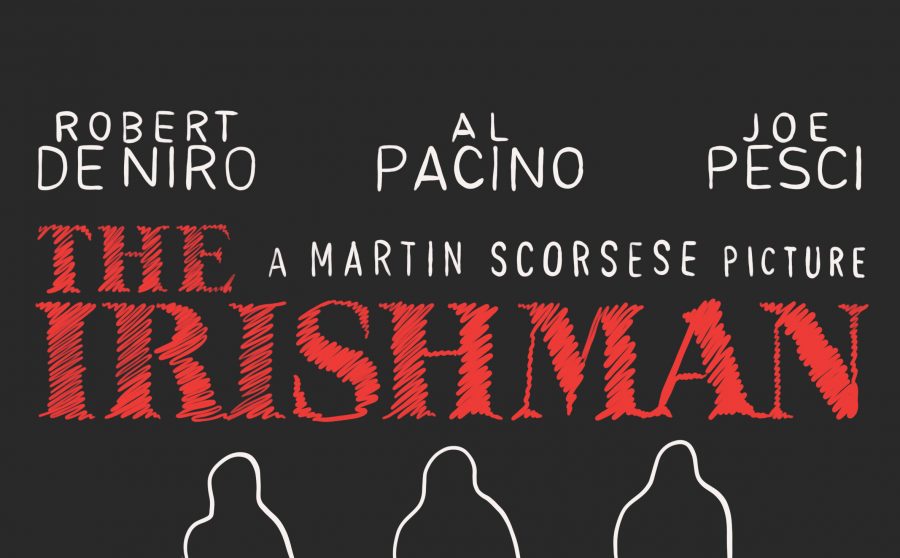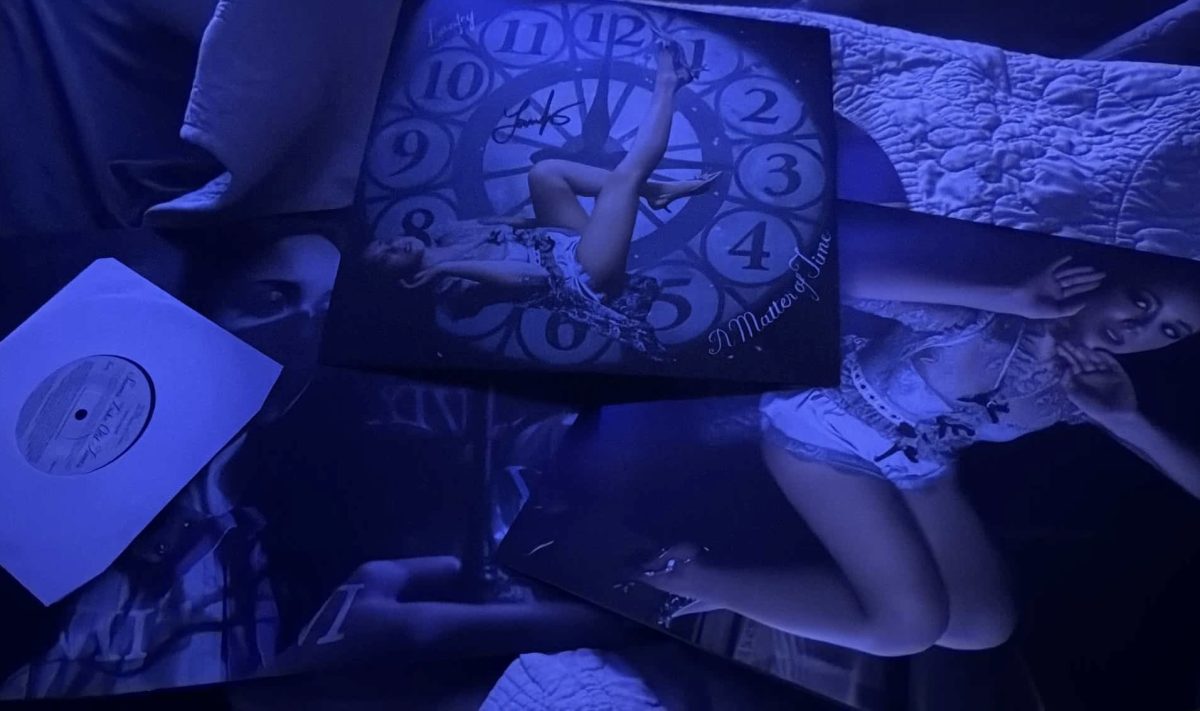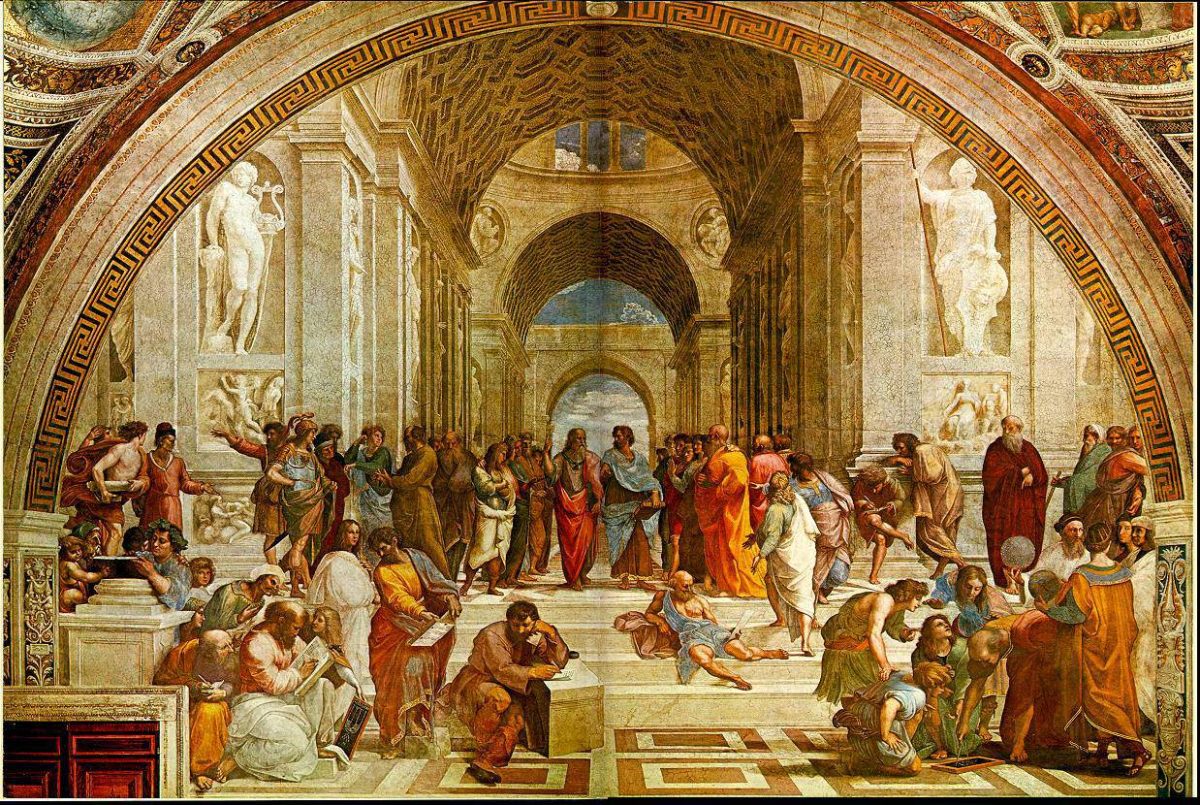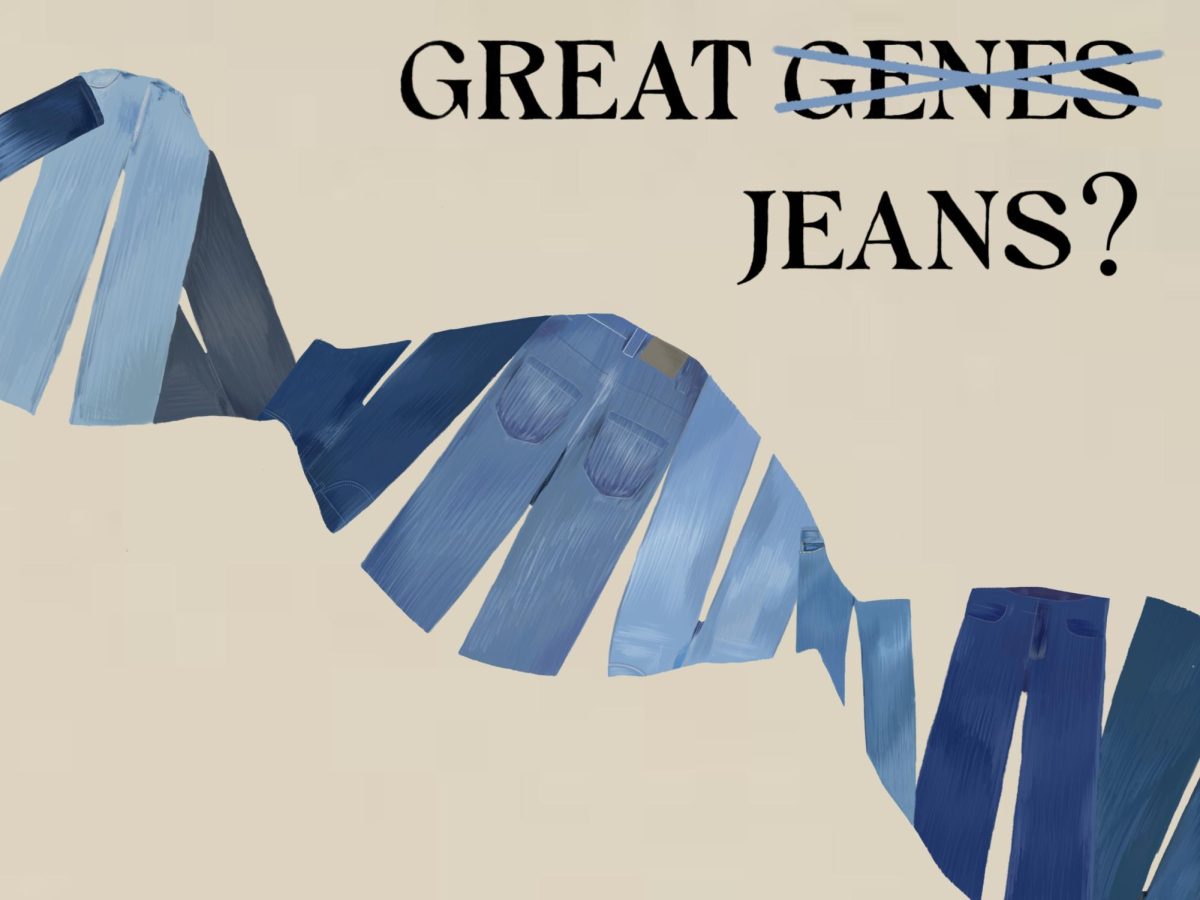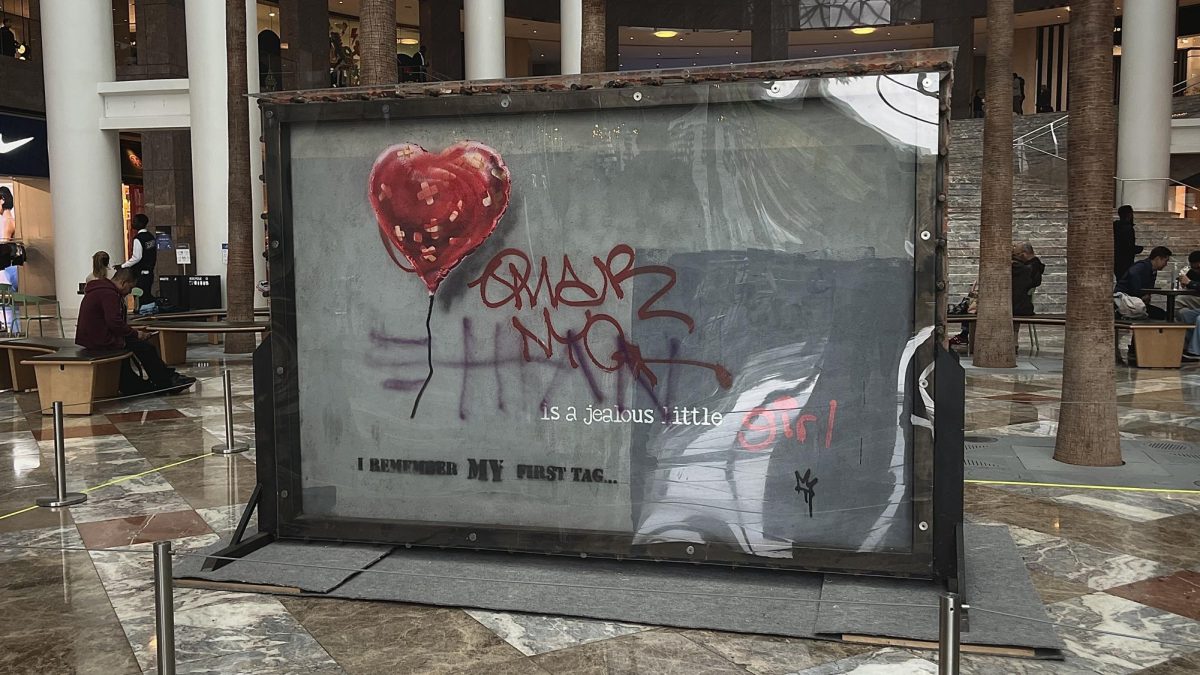“So I heard you paint houses.” These words are what spark the long, arduous and thrilling relationship between Teamster president, Jimmy Hoffa, and union truck driver-turned-mafia hitman, Frank “The Irishman” Sheeran.
Their dynamic alongside the interwoven history of the mafia and the Teamster’s union is the basis of Martin Scorsese’s latest film epic, The Irishman.
The film was based in part on the life of the real Frank Sheeran as it was told in the narrative, “I Heard You Paint Houses: Frank ‘The Irishman’ Sheeran and Closing the Case on Jimmy Hoffa,” written by former investigator Charles Brandt and released in 2004.
Scorsese took the 71 pages of the book that contained Sheeran’s confessions about his life in the mob and what really happened to Jimmy Hoffa following his 1975 alleged disappearance and adapted it into a three hour and 29-minute film.
Following years of developmental issues, Scorsese was eventually able to get his $159 million film epic financed by Netflix and finally released for digital streaming on Nov. 27 2019.
Part of what attributed to the large budget was the extensive use of CGI in order to “de-age” the film’s three main stars who are all over the age of 70. Robert De Niro, Joe Pesci, and Al Pacino play Sheeran, Russell Bufalino — head of the Pennsylvania-based Bufalino crime family — and Jimmy Hoffa respectively.
The “de-aging” techniques turned these legendary septuagenarian actors into the 30-year-old and 40-year-old versions of their past selves.
While watching the film, the visual effects might initially catch viewers off guard, especially given the unnatural brightness of De Niro’s eyes in more shadowy scenes, but the work done on the actors are breathtakingly realistic and quickly becomes a seamless part of the characters’ veneer as the film moves along.
With this film being Scorsese’s latest foray into the genre he does best — mafia movies — it may seem comparable to his other films like Goodfellas, his most acclaimed and universally known film about the mob.
Or to one of his first feature-length films that initially broke Scorsese into the movie-making industry with, Mean Streets.
While the context of both films in comparison to The Irishman is the same, this film is attempting to completely deconstruct the notion of what audiences believe a mafia movie should look like.
Goodfellas and Mean Streets is all about the excess of mob life and showcases all of what it’s like to be young and powerful in the mafia, while The Irishman is attempting to give a more realistic and bleak depiction which is a display of the life after all the fun of Goodfellas and the consequences that will be forever inescapable as a result of life in the mob.
It seems Scorsese is attempting to undo the over-romanticization of the mafia and mafia life he himself played a large part in painting in the eyes of the public over the years.
With The Irishman, Scorsese sets out to fasten the cork top, undoubtedly marking the end of an era in terms of mafia filmmaking.
And while for a good chunk of the film’s three hour and 29-minute runtime is spent delving into the Scorsese-isms of gritty violence and witty and substantive dialogue, it isn’t until roughly the last 30 minutes where it becomes clear that Scorsese’s intentions with this movie go beyond just telling another story of another mafia family.
By the end of the film, Sheeran, who is played masterfully by De Niro, has aged into a lonely old man.
After a stint in prison where he loses all of his mafia cohorts, he is then placed into a nursing home in order to prepare for his eventual death.
In the final scene of the movie, Sheeran sits alone in his wheelchair after receiving his rite of absolution sits in the room cold — the perfect display of a man that despite once being an extremely powerful mafia heavyweight, will soon die alone with no one that he truly cared for or loved willing to be by his side.


